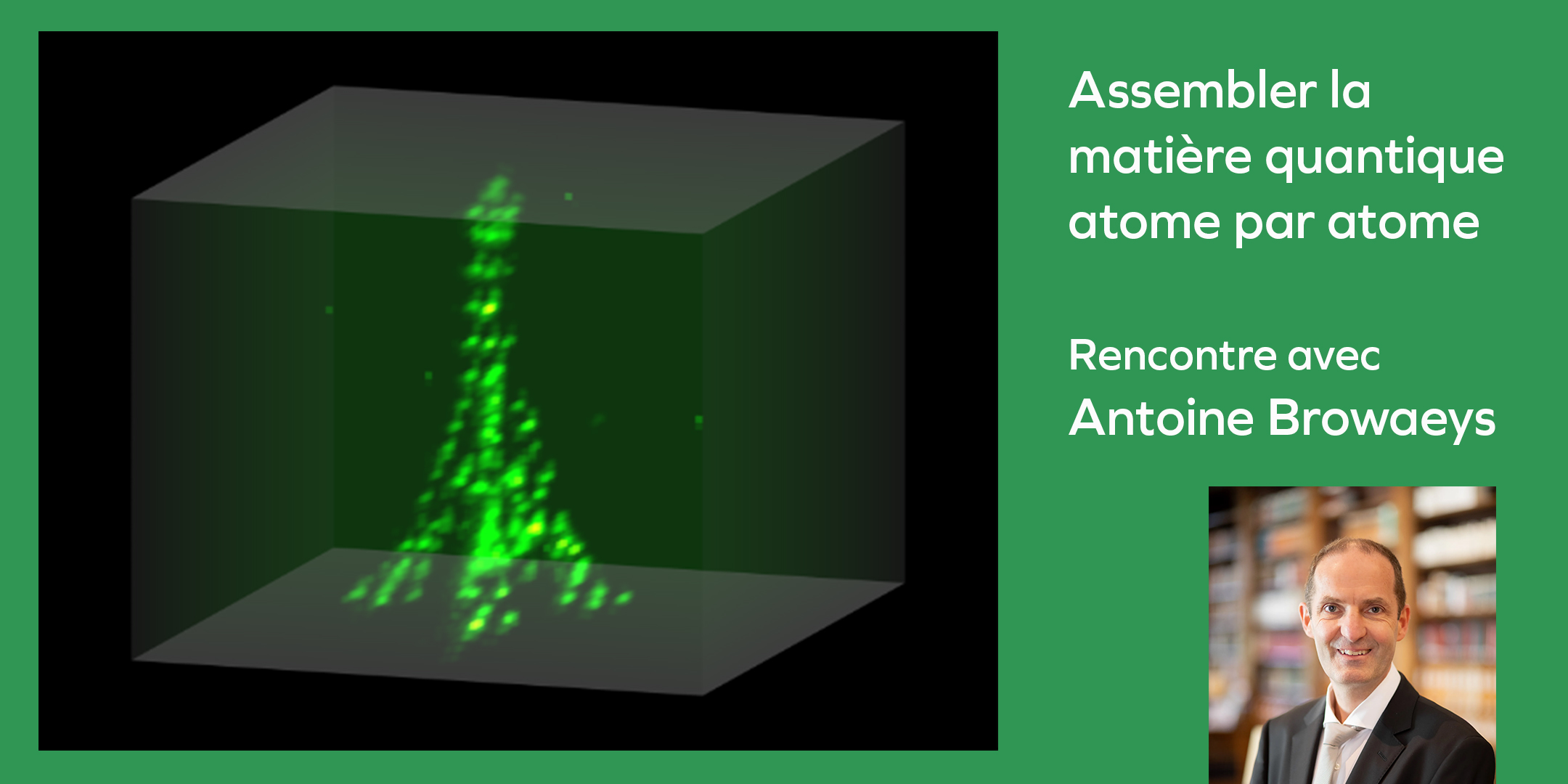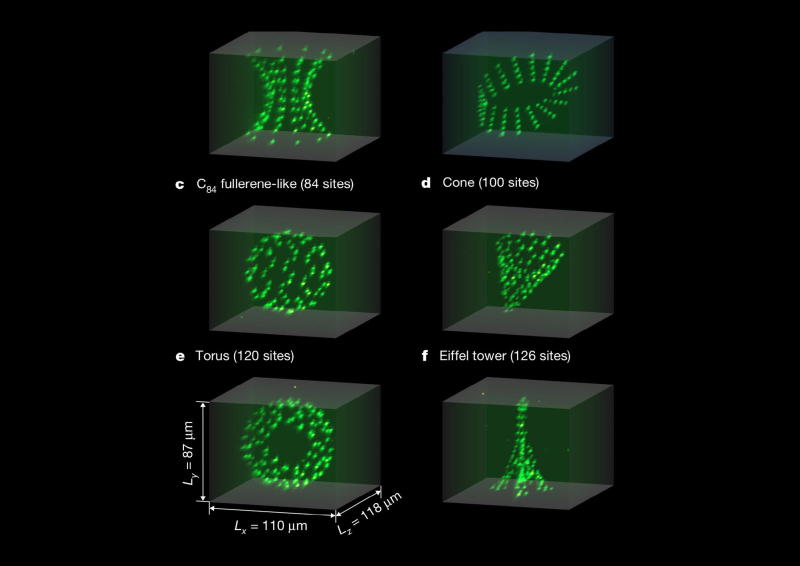Assembling quantum matter atom by atom
Event
DUE TO CURRENT CLIMATE CONDITIONS, THE EVENT HAS BEEN POSTPONED TO A LATER DATE.
Come and meet an academician and ask him your questions!
Tuesday, July 1, Grande salle des séances de l'Institut de France, 23 quai de Conti, from 6pm to 7pm. Doors open at 5.30pm.
Informations pratiques
Location
Grande salle des séances - Institut de France - 23 quai de ContiDate
-
© Charles Fabry Laboratory, Institut d'Optique, CNRS. Simon Cassanas
BECAUSE OF CURRENT CLIMATE CONDITIONS, THE EVENT HAS BEEN POSTPONED TO A LATER DATE.
For the past twenty years or so, physicists have been learning to manipulate individual quantum objects: atoms, ions, molecules, quantum circuits and so on. They now know how to build synthetic quantum matter "atom by atom". By controlling the interactions between atoms, they are studying the properties of these elementary systems: magnetism, transport of excitations, superconductivity... More recently, it has become apparent that these quantum machines could find applications in industry.
This presentation will introduce an example of a synthetic quantum system, based on laser-cooled ensembles of individual atoms trapped in optical tweezer arrays. By exciting the atoms with lasers, researchers control their interactions and thus study the magnetic properties of up to a hundred atoms in a regime where simulations by usual numerical methods are already very difficult. Aspects of this research have led to the creation of the Pasqal company, of which Antoine Browaeys is one of the co-founders. In the longer term, this work could lead to the development of a quantum computer.
Experimenter, specialist in quantum physics, Antoine Browaeys is a member of the Académie des sciences and director of research at the CNRS, Laboratoire Charles Fabry (CNRS/Institut d'optique Graduate School), in the Paris region.
Images of matrices of "Rydberg atoms" organized in 3D, reproducing different shapes. Each green dot corresponds to the fluorescence signal of a single atom.
© Laboratoire Charles Fabry, Institut d'Optique, CNRS.
